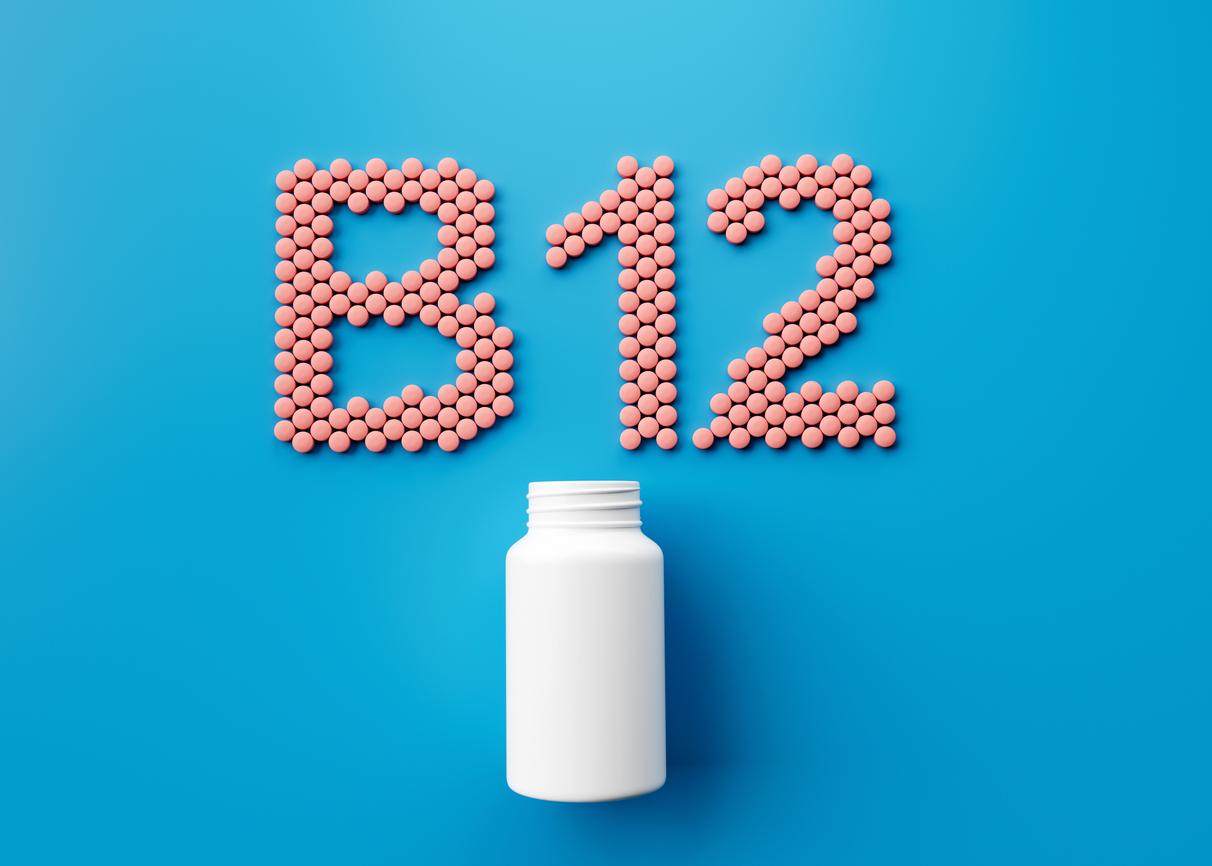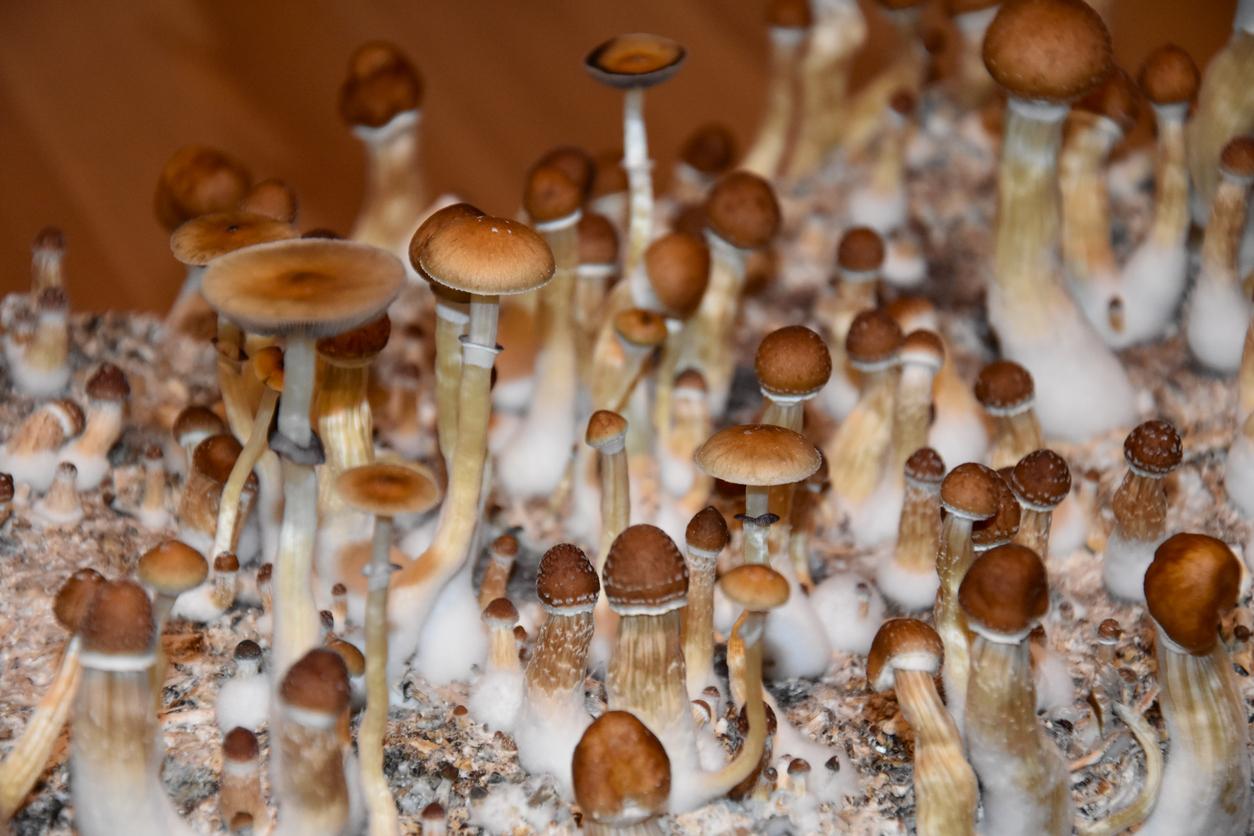French researchers have taken a step forward in decrypting our way of dreaming, especially in what differentiates those who regularly remember their dreams, the great dreamers, the little dreamers. Perrine Ruby’s team, researcher at the National Institute of Health (Inserm), analyzed the brain activity of these different dreamers. In a study published by the journal Neuropsychopharmacology, scientists say they have located the most active part of the brain in people who remember their dreams: the temporo-parietal junction, “a crossroads of information processing in the brain”, explains theInserm.
The activity of this junction would induce “a greater reactivity to external stimuli, thus facilitating awakening during sleep, which would promote memorization dreams. “In a previous study in January 2013, the same team made the difference between big dreamers, who have twice as many waking phases during the night, and little dreamers The brains of great dreamers are more responsive to environmental stimuli, which explains an increase in arousals and allows better memorization of dreams.
A greater quantity of dreams
For this new study, the volunteers were divided into two groups. On the one hand, 21 big dreamers, remembering their dreams an average of 5.2 times a week and on the other, the little dreamers, remembering an average of two dreams per month. The researchers measured their spontaneous brain activity using Positron Emission Tomography (PET). “These results show that large and small dreamers differ in terms of dream memorization but do not exclude that they also differ in terms of dream production. It is possible that great dreamers produce a greater quantity of dreams, ”the team concludes.
It remains to be seen whether remembering your dreams, and therefore waking up often at night, is synonymous with poor sleep or not.


















